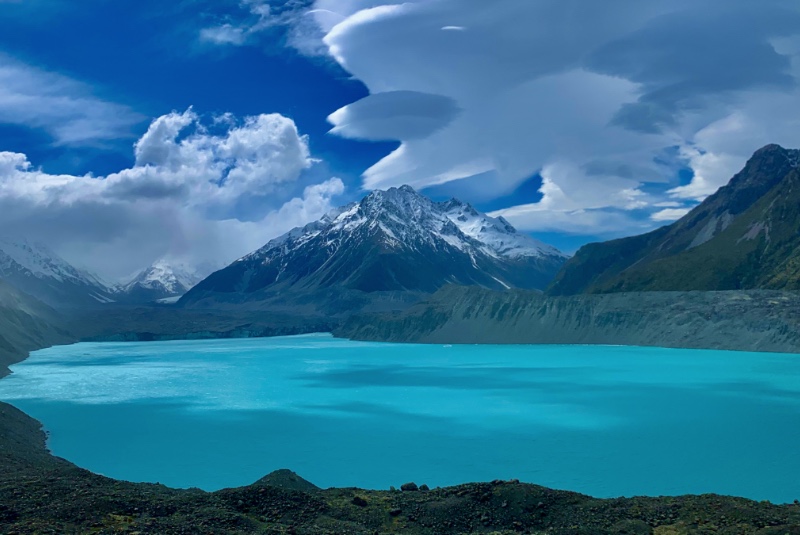NEW IDEAS

For a challenge to be a challenge, there needs to be a sense of adventure. When we set boundaries, there must be enough space to explore, get lost, struggle, and feel apprehensive. We also need to be aware of the participant’s experience with the boundaries and be ready to make adjustments (micro and macro).
If the boundaries are too tight, the experience moves from an adventure to a supervised march or, in the case of CBL, an assignment. While this may be easier for us as guides and mentors, it does little to help the learners gain ownership over their experiences.
Boundaries of Adventure
By Mark Nichols
An idea used in Challenge Based Learning (CBL) to support planning and process is Boundaries of Adventure. The concept derives from outdoor and experiential education programs. At the heart of all these programs is using experience in an outdoor setting to foster learning and personal growth. The 21-day program developed by Outward Bound is probably the most well-known. Still, there are various approaches, from a one-hour trip through a ropes course to full-on expeditions. The focus can include environmental education, spiritual growth, rights of passage and intensive therapy.
The influence of Experiential and Outdoor education on the foundational thinking of CBL runs deep. I worked as a guide in several outdoor education settings and firmly believe in the power of intensive outdoor experiences. The wilderness has a way of distilling everything to the essence and creating meaning and urgency for learning. I spent many years trying to figure out how to bring these same qualities to formal education with varying levels of success. It is a challenge to foster adventure within the four walls of a traditional classroom environment. But CBL is a worthy effort as it works to foster the excitement, urgency and contextual learning found in adventure environments.
There appears to be limited written about the Boundaries of Adventure. However, it was an accepted practice in my guiding circles. In outdoor education, the guides set the Boundaries of Adventure to allow the campers a sense of adventure without endangering them. For example, once at the campsite, the guides set up the boundaries of adventure: “Feel free to explore but stay away from the raging river, the cliffs and the bear den,” noted on a map. The key was that the boundaries had to provide enough room for adventure – they needed to be wide enough that the campers could be alone, explore, and possibly even feel a bit of apprehension. And narrow enough to make sure they were not in real danger.
The important thing about these boundaries is that they shifted from group to group and changed throughout the trip. As guides, we would understand the initial Boundaries of Adventure needed for a specific group or campers. And we also decided the space allowed for stretching those boundaries. There are no rigid rules or laws; boundaries are created and adjusted based on experience.
The boundaries expand as the campers gain more knowledge and experience in the environment. The goal is to reach a point where the guides do not need to set the Boundaries of Adventure; the campers can do this themselves. In the traditional 21-day Outward Bound Model, the first couple of weeks of the trip allow the campers to gain the self-sufficiency needed for the last portion. During these final 3-4 days, the campers are fully responsible for successfully finishing the trip without the guides.
In CBL, Boundaries of Adventure are constraints and scaffolding included in Challenges to support, but not stifle, the Learners. Early in the Journey, the boundaries may be narrow to help Jr Learners become comfortable with the process and the framework. As the junior learners progress through the program, the boundaries expand to allow for more co-ownership and co-authorship.
While this definition effectively transfers the concept from the wilderness to the classroom, some of the adventure is lost, and the boundaries can become a convenient way to control learning for the teachers.
For a challenge to be a challenge, there needs to be a sense of adventure. When we set boundaries, there must be enough space to explore, get lost, struggle, and feel apprehensive. We also need to be aware of the participant’s experience with the boundaries and be ready to make adjustments (micro and macro). If the boundaries are too tight, the experience moves from an adventure to a supervised march or, in the case of CBL, an assignment. While this may be easier for us as guides and mentors, it does little to help the learners gain ownership over their experiences.
